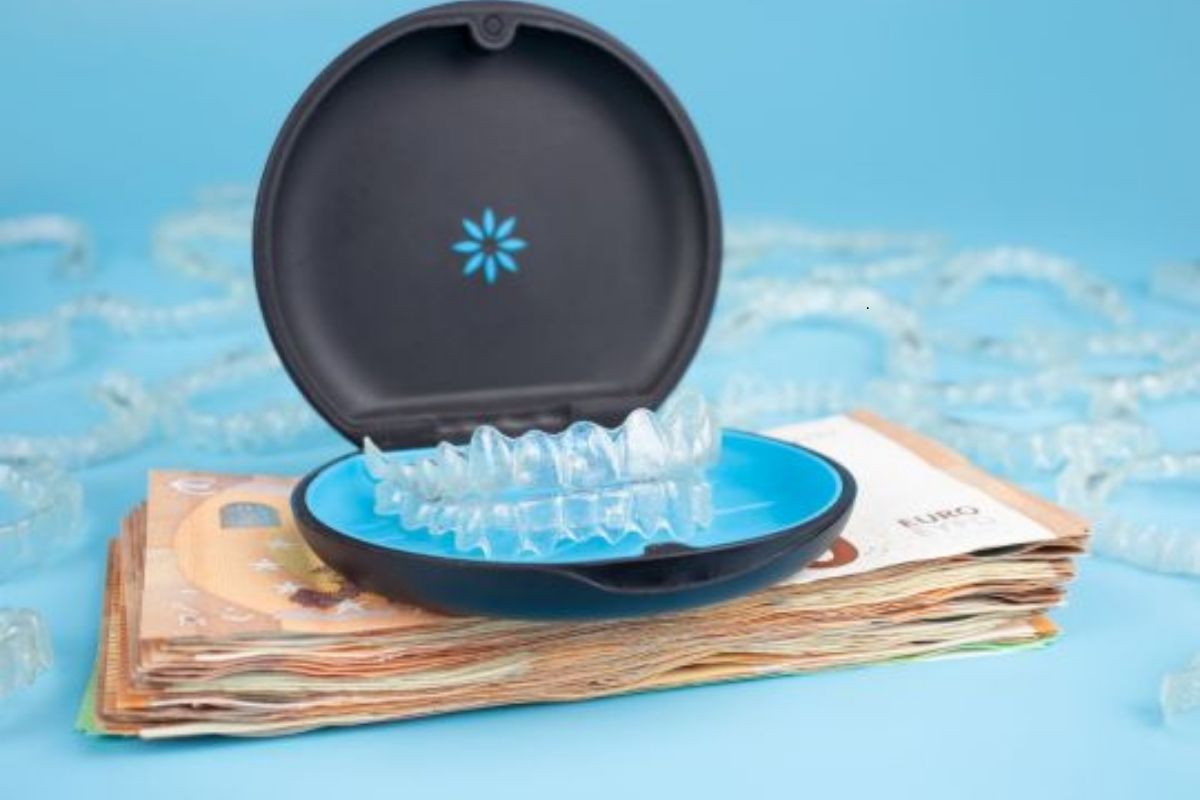
Choosing between Invisalign and dental implants often involves understanding how each impacts daily life, especially recovery. These treatments vary significantly in process and healing time, with Invisalign offering a noninvasive approach for teeth alignment. Dental restorations involve a surgical procedure to replace missing teeth.
Knowing how these procedures differ can help you plan for the required recovery and enjoy a smoother experience. For those interested in Invisalign Chandler, this guide explains the recovery time of each option, highlighting what you can expect.
What is Invisalign?
Invisalign is a contemporary orthodontic treatment using clear aligners to align teeth gradually. Each aligner is custom-made for a perfect fit, allowing smooth and nearly invisible adjustments. Invisalign is suitable for individuals with mild to moderate misalignment. It offers an alternative to traditional braces for those seeking a subtle, flexible way to improve their smile.
These aligners are worn most of the day and night, typically requiring 20 to 22 hours of daily wear. Patients switch to a new set of aligners every two weeks or so, which continue to shift teeth gradually. Treatment duration varies based on unique alignment needs, though most people achieve their desired results in 6 to 18 months.
The Recovery Process for Invisalign
One of Invisalign’s most significant benefits is its minimal recovery time. Since Invisalign is noninvasive, it doesn’t require downtime so that patients can continue their daily activities. However, there is still a brief adjustment phase each time a new aligner set is introduced. Here’s what the recovery process entails:
Initial Adjustment Period
Upon first wearing the aligners, many patients experience mild pressure or tightness, which typically subsides in a few days. This sensation is normal and is a positive sign that Invisalign is effectively moving the teeth.
Discomfort Management
When a new aligner is introduced, slight joint discomfort is temporary. Patients often report that this discomfort decreases after the first day or two. Using aligners as directed keeps the process comfortable and ensures steady progress.
Oral Hygiene Considerations
Invisalign aligners are removable, allowing patients to brush and floss with ease. Unlike traditional braces, there are no wires or brackets to maneuver around. This makes it easier to maintain oral hygiene and enjoy a more comfortable recovery.
What Are Dental Implants?
Prosthetic teeth are a vital treatment option for patients who need to replace missing teeth. This process involves surgically inserting a titanium post into the jawbone, which then serves as a secure anchor for a dental crown. Dental restorations look and function like natural teeth and are known for their long-term durability.
Dental restorations are ideal for patients seeking a solution that can last many years with proper care. Implants also promote better oral health by preventing bone loss in the jaw, often when missing a tooth. They offer a reliable, aesthetically pleasing alternative to dentures or bridges.
The Recovery Process for Dental Restorations
Prosthetic teeth require a surgical procedure, so recovery is more involved than Invisalign. However, each recovery phase is essential in establishing a solid foundation for the implant. Here’s what to expect during the dental implant recovery process:
Immediate Post-Surgery Healing
Mild swelling and discomfort are expected after the implant surgery. This initial phase typically lasts about one to two weeks. Pain relief can often be managed with over-the-counter medication, as your dentist recommends.
Osseointegration Process (Bone Integration)
Once the initial healing subsides, the implant undergoes osseointegration. During this phase, the titanium post gradually fuses with the jawbone, creating a stable base for the dental crown. Osseointegration can take three to six months, depending on factors such as bone health. Regular dental check-ups are essential to monitor the implant’s integration and overall healing during this phase.
Final Crown Placement
After osseointegration, the dentist places a custom-made crown on the implant post. This stage typically involves minimal recovery time, allowing the patient to enjoy a fully functional tooth that looks and feels natural.
Key Recovery Factors: Invisalign vs. Dental Implants
Both Invisalign and dental restorations come with unique recovery timelines. Invisalign’s recovery is seamless and easy to incorporate into daily routines, while Prosthetic teeth offer a lasting solution with a structured, gradual healing process. Each option provides its path to a healthier smile, allowing patients to focus on their personal needs and preferences.
Risk Factors That Can Impact Recovery
Both Invisalign and dental implants are generally safe and effective treatments. However, certain factors can affect the recovery experience:
Smoking or Using Tobacco Products
Smoking can hinder healing, especially for dental restorations. Tobacco use can delay bone fusion and affect recovery with both treatments.
Poor Oral Hygiene
Good oral hygiene supports recovery in both treatments. Brushing, flossing, and following dentist recommendations help ensure a smooth recovery.
Using a Straw or Spitting Forcefully
These actions can dislodge blood clots in implant sites, impacting healing. It’s essential to follow post-surgery instructions closely.
Oral Contraceptives
Studies suggest oral contraceptives may impact implant healing, though effects vary. It’s important to discuss this with your dentist Chandler.
Recovery time and invasiveness are significant factors when considering Invisalign versus dental implants. Invisalign offers a comfortable, noninvasive treatment with minimal recovery, allowing you to maintain a routine lifestyle. Prosthetic teeth involve a longer and more complex healing process. They provide a durable solution for missing teeth with lasting benefits.
Evaluating your needs and lifestyle can help you make the best choice. If you’re ready to explore Invisalign in Chandler, consult a specialist today to start your journey toward a beautiful smile. For comprehensive care, reach out to Valley Dental Care for personalized guidance on your dental options.